Zizhuyuan – Where Purple is the new Black! |
 |
<<Click to see original |
It’s no exaggeration to say that Beijingers love their parks; and one of the most popular has to be the seventh largest, situated just south of the National Library and across the road from the Capital Gymnasium in Haidian District.
Purple Bamboo Park (紫竹院公园) – otherwise known as Zizhuyuan – consists of 47 hectares with three connecting lakes and two small islands. The lakes' eastern shores consist of several small hills, which were formed in the 12th century from the earth dredged from the lakes, to balance the natural hills on their western shores. Stones and manmade rockeries are liberally scattered around pavilions and corridors. Zizhuyuan literally translates as Purple Bamboo Park, but confusingly the notices in English refer to it as Black Bamboo Park. The English botanist to first name this species of bamboo called it ‘Phyllostachys nigra’ … hence its official English name.
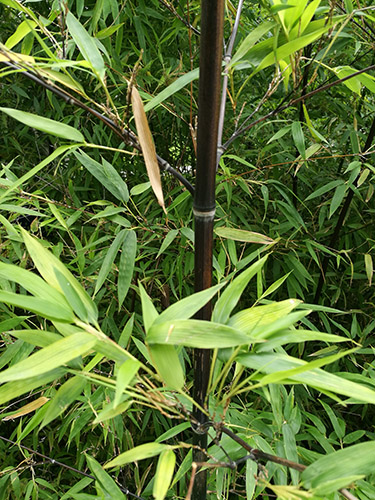
The Purple Bamboo Park has a long history. According to early records, Zizhuyuan was a low-lying wetland. Before the third century it formed the upper reaches of the Gaoliang (Sorghum) River, and a famous Gaoliang Bridge stood nearby to the east. In the 13th century, the lakes of Purple Bamboo Park served as a reservoir, providing an important source of Beijing's water supply. In the late Yuan Dynasty, the mathematician and astronomer Guo Shoujing built a canal along the upper reaches of the Gaoliang River, with locks to regulate the water diverted from the White River Dam, the Jade Spring Mountain, and other nearby waterways.
During the days of the Ming Dynasty (1368-1644), the area was a favourite spot for city people to gather during the Qingming Festival, when young girls would ride in horse-drawn carts, and the common people would compete in organised activities, accompanied by drums and banners. The Wanli Emperor built a royal garden on the bank of the lake in 1577, and that’s when the bamboo was planted.
In 1751 lakes were dug, docks and imperial palaces were built; and in 1885 the temple and palaces were ugraded and renamed Fuyin Zizhuyuan. A temple, known in the Ming Dynasty as Wanshousi (Temple of Longevity) originally stood to the northwest of the lake. Here the Qing rulers built a lodging palace where they and their retinues could rest as they floated to the Summer Palace or the Jade Spring Mountain on the Changhe River. Nowadays all that remains of the original temple are two stone steles and traces of two landing platforms on the banks of the river.
Although Zizhuyuan is modern by Beijing standards, the outline of today’s park actually grew-up around the central Beijing terminal of the canal built to carry the empress dowager Cixi to and from the Summer Palace. Even now, there is still a bluestone wharf on the northeast side of Zizhuyuan and tour boats still ply the waters in the summer months carrying tourists to the Summer Palace.
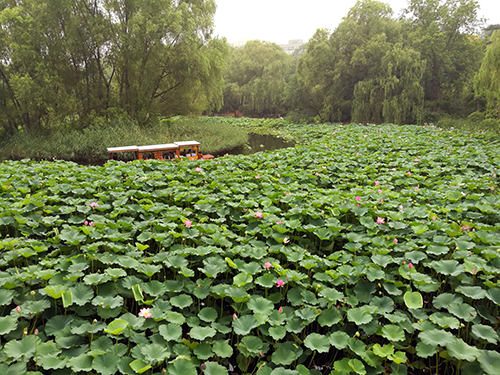
After 1949, the People's government transformed the fields into a new park. Through several years of construction, the park was provided with lush bamboos and shady trees, small bridges and open-air pavilions.
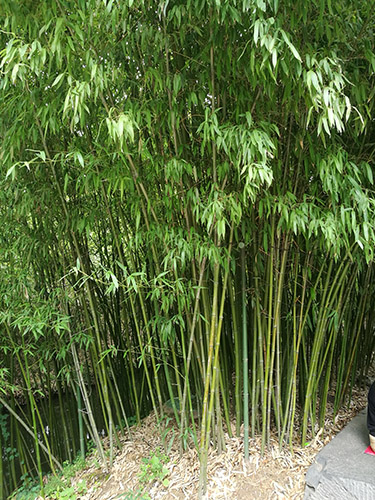
In 1981, a new 1,000-square-metre waterside complex was built and opened to the public on Beishan (North Mountain) Island. It consists of the Purple Bamboo Pavilion, the Gallery for Watching the Moon, a winding walkway that leads out over the water, and a square pavilion.
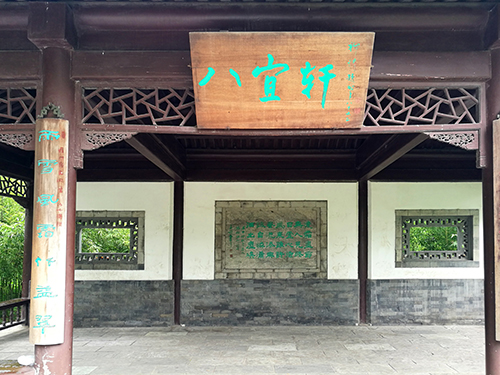
Nowadays, the Bamboo Park is known for its liberal use of verdant bamboo groves, which have as many as 50 different species of bamboos on display, including mottled bamboos, purple bamboos, and fishpole bamboos. In addition, park furniture is made of bamboo and even the bridges and pavilions are decorated with bamboo motifs.
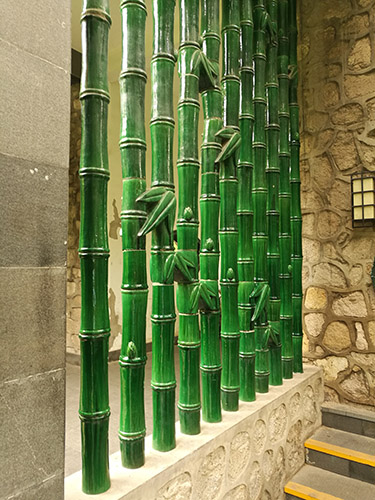
To the north of the park lies the enchanting serenity of Yunshi Garden, in which a hexagonal pavilion, an elaborate courtyard and bamboos are blended together in picturesque harmony. In the middle of the garden, you can see two small islets – Blue Lotus Islet and Moon Islet. An elegant double-storey waterside pavilion stands beside Moon Islet, while the most beautiful of the scenic spots has to be Bayixuan Pavilion, on the south side of the Blue Lotus Islet. It has an area of approximately 2,500 square metres. With a lotus pond in front and ten thousand green bamboos behind, Bayixuan Pavilion shows ingenuity in both its conception and design; and it is not surprising that the lotus shares the limelight with the bamboos as far as some of the park’s decorations are concerned. In summer, visitors can boat on the lake through the lotus, making the most of this amazing sight.
Like many of Beijing’s open spaces, Zizhuyuan is a Mecca for the capital’s residents to join in morning exercises, practise their ballroom dancing (or even a Chinese version of the Argentinean tango), fly kites, and try out their calligraphy on paving stones using water instead of ink.
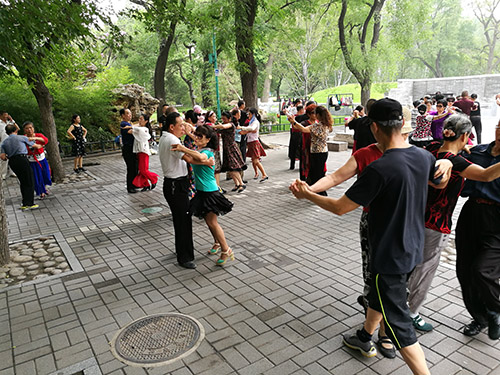
There’s even an area devoted to Chinese Chess, where what look like park benches are, on closer inspection, chess boards turned into sculptures.
And as the year passes by, thin bamboo buds and hundreds of flowers break out in blossom during the spring;
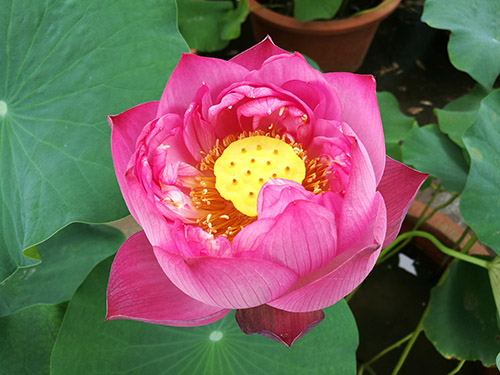
during April and May peonies bloom – there are over 1,000 peonies here in 40 different strains, including purple, red, pink, white and green; the summer brings out an armada of little boats on the lake, which is covered by flourishing lotus; in the autumn, the maple leaves turn to a flaming red; while in the winter visitors can best appreciate the lofty pines and bamboos, especially if set against a snowy backdrop.
Zizhuyuan really is a park you can visit again and again and never get bored. It should be on every Beijing visitors’ (and residents’) itinerary!
